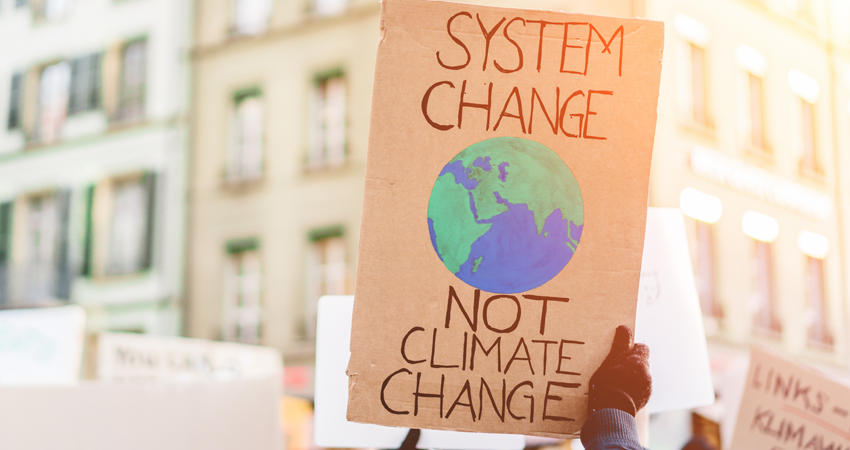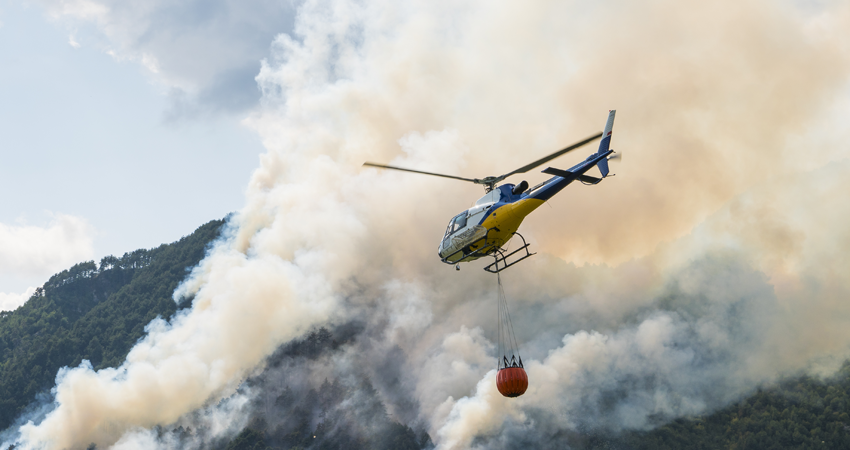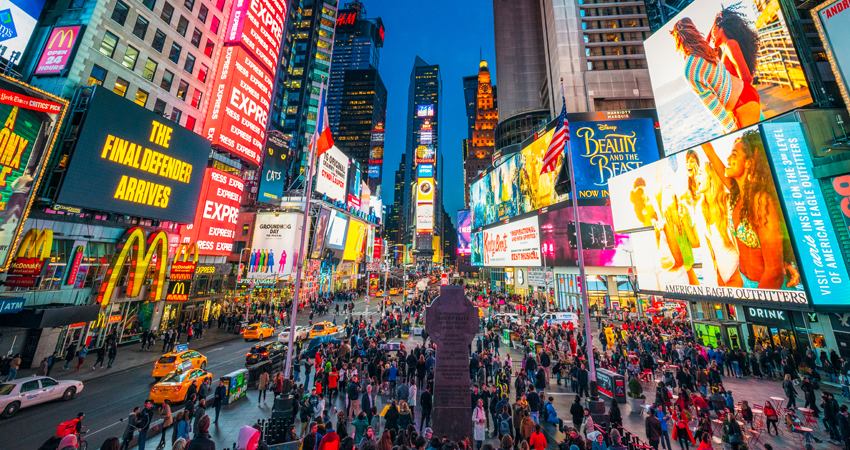Stopping to rescue injured wildlife. Sourcing from a local or Indigenous business. Choosing equipment that uses less energy and reduces costs. People across our company make decisions every day to help advance sustainability and over the years, sustainability has become a core value and part of our DNA.
Our sustainability strategy was officially established in 2010 when we created short-term goals for 2015 and long-term goals for 2030 in six focus areas: Biodiversity and Ecosystems, Energy, Community, Water, Materials Stewardship and Our People.
By 2015, we achieved all 28 of our short-term goals in all six focus areas. At the same time, we updated our strategy by setting new short-term goals for 2020, revising our long-term 2030 goals and vision statements, integrating Air into the strategy and emphasizing climate change as part of our focus on energy.
Our work in sustainability has set us apart from our peers in several ways. Our mining operations, for example, have some of the lowest carbon emissions worldwide. We've reduced our energy consumption and in turn, our costs. We’ve helped preserve large tracts of critical wildlife habitat in B.C. and Alberta. And our commitment to reducing freshwater consumption has helped us pioneer a large-scale desalinization plant at our QB2 project.
Even with these ambitious efforts, priorities for investors, governments and communities are dynamic and evolving. Companies are being evaluated when it comes to sustainability. As we approach 2020, we recognize the need to re-envision our sustainability goals and strategy. To respond to increasing expectations from inside and outside the company, we want to ensure our strategy is ambitious enough to help Teck remain a leader, reduce long-term costs associated with major risks, and build shareholder value. We also want to demonstrate to others—both within and outside our industry—what is possible. To set this new strategy, we have launched a project that we call Teck2040.
Teck2040 seeks to build upon our existing success and establish new goals that are further integrated throughout the business. Through Teck2040, we’ll leverage the knowledge and expertise that exists throughout the company to further embed sustainability as a value and ultimately ensure Teck’s long-term success. This is about the sustainability of our business in terms of environmental performance, social acceptance and financial wellbeing. Teck2040 underpins our ability to create value for shareholders and society. Progress in Teck2040 is underway, and we’re working towards launching the new goals in March 2020.
Teck2040 is guided by and responds to a wide range of trends, including the following:
1. Urbanization and the Global Middle Class
By 2050, the number of people living in cities around the world will grow by 2.5 billion, with the vast majority of urban growth occurring in India, China and Africa. Many of these urbanites will form part of a new global middle class of more than six billion people, whose spending power will shift global demand and put further strain on finite resources.
Right now, the average person in India uses less than half a kilogram of copper per person per year, while in Canada, the average is closer to 5 kilograms. As India’s middle class grows, so will demand for copper, steel and other essentials.
2. Societal Expectations

The rise of social media has allowed for information to be seen and shared almost instantaneously, greatly increasing the power of citizen- and consumer-driven movements around the world. Governments and industry are increasingly being held to higher environmental and ethical standards, and are responding to changing expectations. Many companies are looking for ways to reduce their environmental footprint requiring more low-carbon products, thereby driving demand for production of copper by 7%, nickel by 108% and lithium by an enormous 965% by 2050.
3. Technological Transformation

Technological advancements will continue to alter the way in which we live and interact with the world around us. Disruptive technologies, such as Uber and Airbnb, and advancements in 5G and blockchain technology, are unlocking greater efficiencies in all aspects of business and home life. Autonomous vehicles and further growth in artificial intelligence and machine learning are sure to bring benefits to other areas of life.
4. Environmental Thresholds and Climate Change

As the effects of climate change continue to manifest, taking action to reduce emissions will remain a priority. Even with aggressive action, societies and the environment may feel the negative impacts of a changing climate. By 2050, rising sea levels, water shortages and weather events will contribute to up to 140 million climate migrants moving beyond their borders. Climate change and other issues such as the global plastics and waste crisis require cooperation between governments, industry and society, in order to rethink the way we live.



